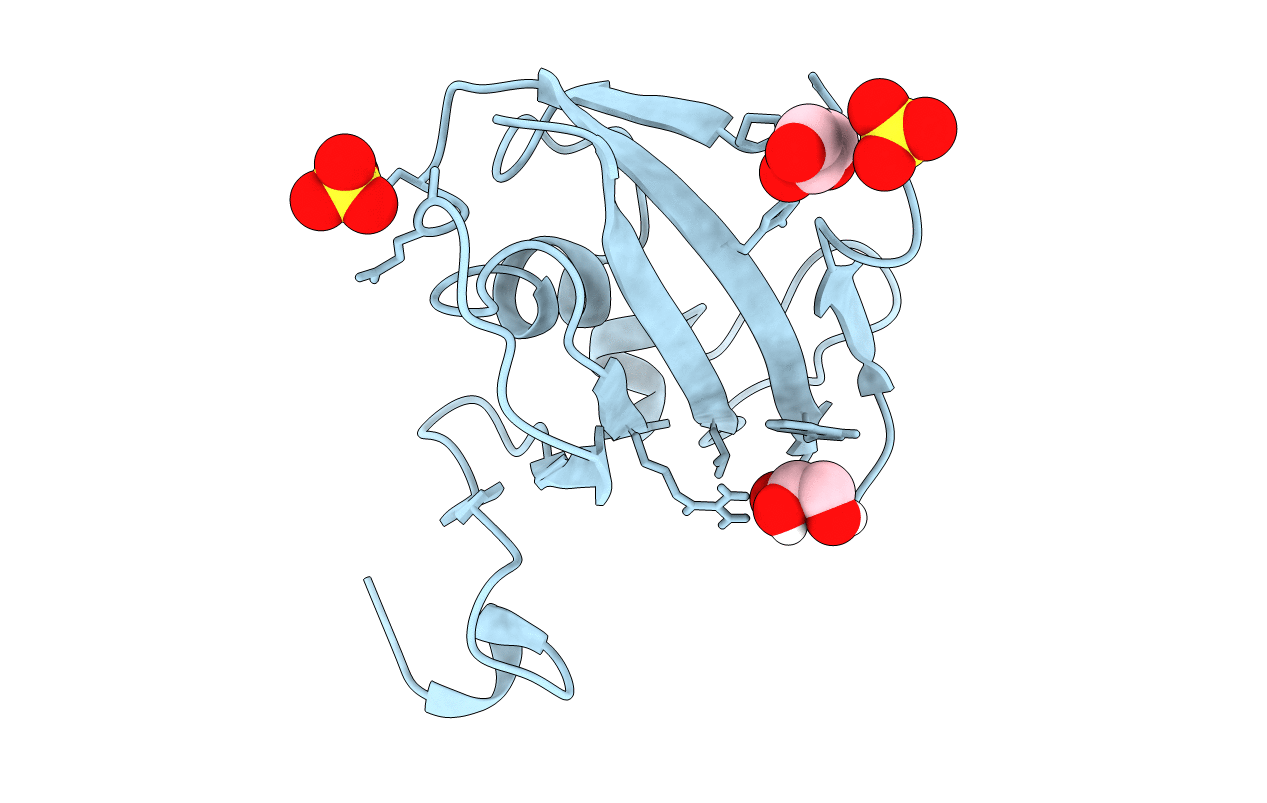
Deposition Date
2011-01-28
Release Date
2011-05-25
Last Version Date
2023-12-20
Entry Detail
PDB ID:
2Y78
Keywords:
Title:
Crystal structure of BPSS1823, a Mip-like chaperone from Burkholderia pseudomallei
Biological Source:
Source Organism:
BURKHOLDERIA PSEUDOMALLEI (Taxon ID: 272560)
Host Organism:
Method Details:
Experimental Method:
Resolution:
0.91 Å
R-Value Free:
0.11
R-Value Work:
0.10
R-Value Observed:
0.10
Space Group:
P 43 21 2


